Protective Fence 25 has brought roughly 50 aircraft and 1,200 personnel from Finland and partner nations into a week of dispersed air operations across Finland and Sweden, the UK Defence Journal understands.
Running from 22 to 26 September, the exercise is organised by the Finnish Air Force and staged from multiple airfields, including Rovaniemi, Kuopio-Rissala, Jyväskylä-Tikkakoski and Tampere-Pirkkala in Finland, plus Kallax Air Base in Luleå, Sweden.
The activity is intended to test the ability to operate large-force air missions from a dispersed basing posture, improving survivability and rapid reinforcement in a contested environment.
Finland supplied F/A-18 Hornets, Hawk trainers, NH90 helicopters and a variety of support aircraft. Sweden contributed JAS Gripen fighters and C-130 Hercules transports. Denmark provided C-130 Hercules support, while the Finnish Border Guard added a Dornier 228 surveillance platform. Ground elements from the Finnish Army took part with air defence and electronic warfare units to practise integrated, multi-domain operations.
Colonel Vesa Mäntylä, Exercise Director and Deputy Chief of Staff at Air Force Command Finland, was quoted in the Allied Air Command release as saying that the aim is to “strengthen the Finnish Air Force’s defence capability and readiness,” and that the exercise would conduct “large-force air operations from a dispersed basing posture, in line with our concept of operations.”
Protective Fence 25 is being run in coordination with the UK-led Joint Expeditionary Force series of activities known as TARASSIS. NATO and partner forces have been emphasising Agile Combat Employment concepts across recent training, which prioritise operating from multiple locations, reducing vulnerability to attack and enabling rapid force projection and sustainment. The exercise also provides a chance to rehearse logistics, command and control, and interoperability at scale.
The RAF confirmed that elements of the UK Air Mobility Force, including A400M and Voyager aircraft, are aligning activity with local land components and regional maritime forces while the Carrier Strike Group operates in the region under Operation Highmast. That cross-domain link illustrates how dispersed air operations are being practised alongside wider coalition movement and sustainment plans.
More details are available from NATO here.


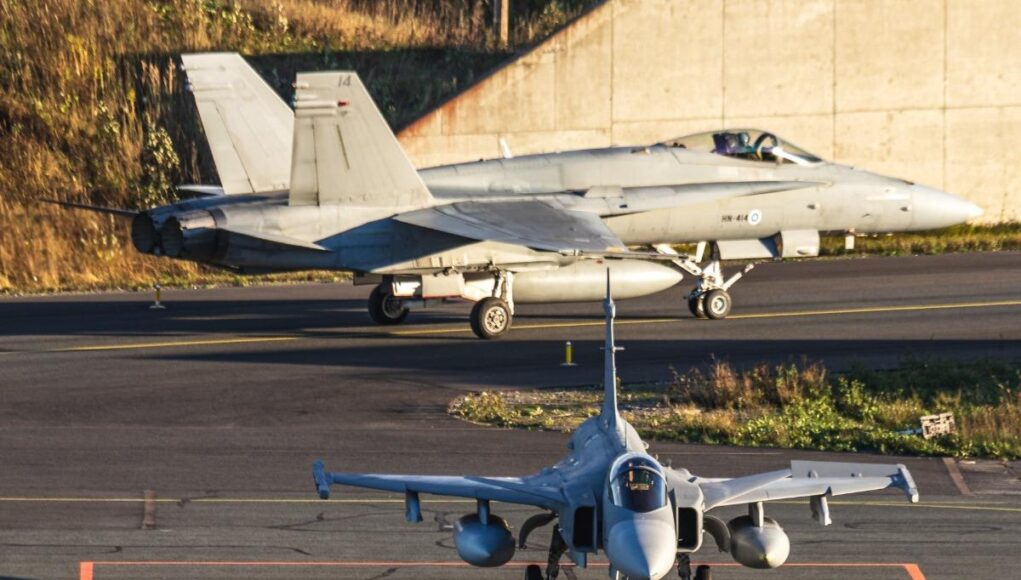
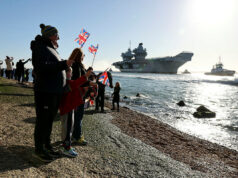

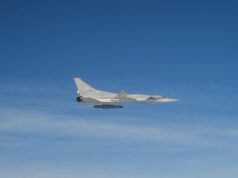
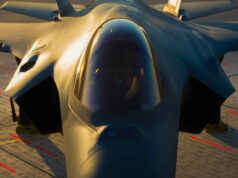
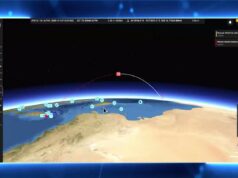
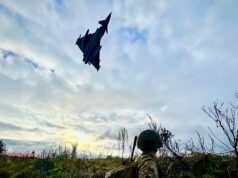
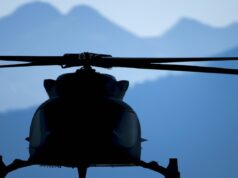
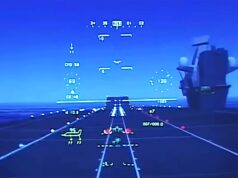
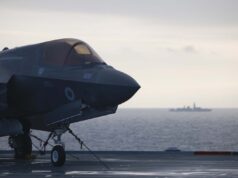
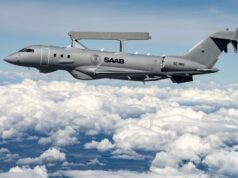

It would be really interesting to see just how long Russia would last in a conventional war with NATO now that Finland is in the alliance.
Russians don’t seem to be very good at fighting and now their main naval base and second biggest city are just a few dozen miles from NATO bases.
Their favourite tactic of sticking people from the caucuses in a field armed with e scooters probably won’t do well against Western European armies much less airforces.
I could see a NATO attack on Russia last just a few days and I doubt there would be any Iraq style insugency. Most Russians would be delighted to be liberated.
I reckon you are probably right about an attack only lasting a couple of days.
Just one small problem really. 🔥🔥
Yep it’s the buckets of sunshine that will be the real challenge for NATO, how to destroy Russias armed forces without getting panicked bucket of sunshine..you may end up with the lunacy of NATO holding back a bit in its conventional strategic strikes so as to not trigger that.
Air wise the Russians wont do much, it would be long range missile and probably drones targeting Nato. Sweden and Finland offer “depth” that Nato did not enjoy previously. And the Finns are militarised like no other nation except perhaps the Swiss. They and the Swedes are expert at dispersal ops too.
It would be messy. A Russian attack would have to be predecated on plausible deniability. The success of it would very much depend on how flat footed NATO was caught. Estonia, Latvia, Lithuania, and Finland have relatively small standing forces. Estonia, Latvia, and Lithuania each have one active duty brigade and Finland has none (Finland technically has 5 standing Brigades but each only consist of a single Battalion and some supporting elements). However with the Reserves, Estonia fields a small Division of Regulars and Reserves, plus 4 Defence League Districts (roughly large static Light Infantry Brigades). Latvia has 4 National Guard Brigades, which while relatively light are more mobile and have a bit more firepower than the Estonian Defence League Districts. Lithuania has two Reserve Brigades (One officially is Regular but probably would need reserves to operate) which would form a Lithuanian Division, a National Volunteer Brigade and a couple of Brigades of Riflemans Union, Border Service and Public Security Service, which have paramilitary duties under the Lithuanian MOD. Finland grows to it’s 5 full “Operative” Brigades, plus two Mechanised Battlegroups, as well as the equivalent of 13 static Territorial Brigades.
So baisically, if Russia can catch NATO with it’s pants down, it can make some decent progress, like it did in the south of Ukraine, before the Baltics Mobilise their reserves. But if the Baltic Nations see it coming, and call everyone up, then Russia probably won’t get very far. Either way, after the initial Russian attacks NATO would probably get fire superiority very quickly, as the difference in the air is so great Russia won’t be able to use Glide Bombs and the like, and NATO precision fires would probably degrade Russia’s ability to use whatever artillery it has remaining after it’s done in Ukraine very quickly. It would then become a question of just where NATO wants to draw lines on one hand (ie if Russia has taken parts of the Baltics, how heavily are we willing to hit/advance into Russia, to achieve goals within NATO territory) and on the other of how effectively Russia would be able to leverage Drone Warfare to try to offset NATO advantages in Fires and Air.
I think Russia’s most effective conventional assets would be its submarine fleet, which is extensive. I don’t necessarily think it would outmatch NATO but it would be one of the more difficult struggles. As for red lines, I imagine NATO would very likely want to occupy Kaliningrad as part of any Eastern European land war. Whether that would cross the nuclear threshold for Russia is anyone’s guess. The other elephant in the room is China of course. If they decided to act against, say, Taiwan, simultaneously with a Russian military adventure in Eastern Europe that would certainly spread NATO (mainly the US) more thinly. Don’t agree with Trump on many things, but Europe being able to hold its own against Russia is one of them.
There is a worse case scenario. Where Russia attacks NATO, through probably the Baltic states, but tries to drive a wedge into Finland. Which would relieve the pressure on St. Petersburg, but also try to reduce the risk to Murmansk, the Kola peninsular and the White Sea naval bases. However, I don’t believe Russia would do this on their own. As they’d know the US would provide military support. So I’d say they’d act in concert with either China or as well as North Korea. Where the aim is to split the US’s focus and divide the capacity to provide support to Europe. If China wants to “regather” Taiwan, it may look at its CRINK partners to stir unrest in the rest of the World to divert the US’s attention.
I don’t think it would be an easy war. When your up against a country that doesn’t care if it’s soldiers live or die but you do about your own, your not fighting a fair war.
Tech and air power can get you so far but ultimately when your talking armies the size of Russia and NATO the war would revert to attrition and trench warfare as neither side has huge stockpiles of the advanced kit.
NATO would probably win but I don’t think it would be an easy walk over.
Deter Russia from what. They have interest in anything beyond letting Europe decline into riots.
Russia doesn’t need broken societies and debt ridden economies. Finland is killing itself as it clings to the EU thanks to illegitimate political leadership.
I think it’s high time the U.K actually starts to re generate its ability to disperse and exercise doing so. Everything just sits there at the big RAF bases like a they think they are impervious because Russia is so far away.
The Ukrainians have opened Pandora’s box by showing Russia that effective covert asymmetric warfare can be executed even in a semi closed society, god help us if Russia is learning that lesson, because we are far more vulnerable.
We have dozens of Merchant ships transiting through NATO waters every day and 000’s of Lorry’s all loaded with containers full of god knows what, just look at what Ukraine managed with a few Containers full of drones, they knocked out a lot of Russian Bombers without anyone knowing it was coming.
The stupid thing is the U.K has an abundance of Cold War era HAS equipped airfields that could be reactivated and used to disperse our meagre numbers of combat Aircraft. It just needs the will to do so and practice.
Exactly this.
Most of those HAS equipped airfields are still on MoD estate.
Our aircraft lined up like skittles. Even if they are too big for a HAS use the dispersals! It is probably more “efficient” to line them up in net rows.
Have you seen the P8s at Lossie?!